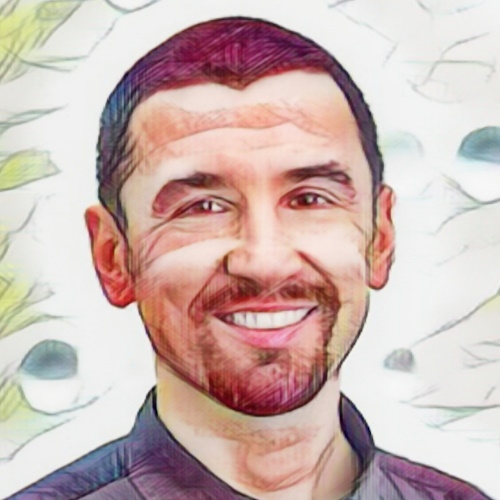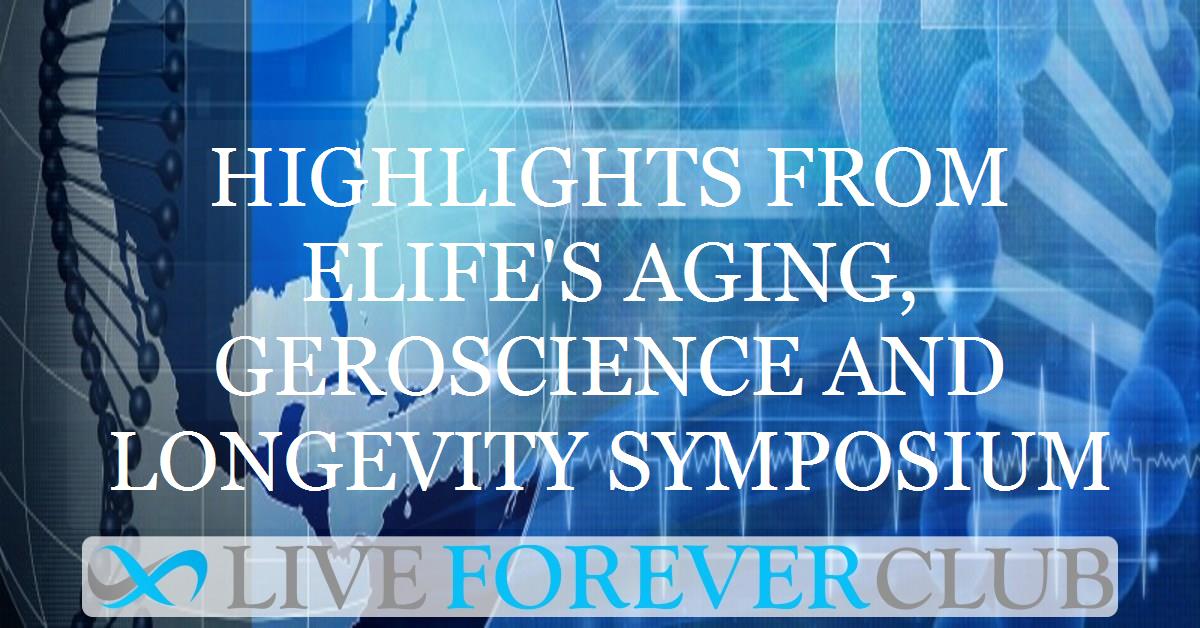Key points from article :
Peter Fedichev - GERO
Burden of rarest protein-truncating variants (PTVs) is negatively associated with human lifespan, accounting for 1.3 years variability.
Sara Hägg - Karolinska Institutet
Developed nine measurements of biological age.
Dario Riccardo Valenzano - Max Planck Institute for Biology of Ageing
Limited population size ... exacerbates the effects of mutation accumulation and cumulatively contribute to short adult lifespan.
Jonathan An - University of Washington
Bridging the interface of aging biology and oral biology to extend the oral healthspan in people.
Mounir El Maï - IRCAN
Inhibition of FoxO transcription factors by Akt indirectly induce p15/16 growth arrest and senescence.
Morgan Levine - Yale School of Medicine
Reduced representation bisulfite sequencing (RRBS) data was used to train an epigenetic age (DNAmAge) measure in rats.
Dudley Lamming - University of Wisconsin-Madison
Ovariectomized female mice have improved survival despite increased adiposity and decreased control of blood glucose levels.
Amanda Kowalczyk - Carnegie Mellon University – University of Pittsburgh
Pan-mammalian analysis finds that effective cancer control is a key adaptation underlying the evolution of extreme longevity.
Michael Polymenis - Texas A&M University
Loss of one-carbon (1C) enzymes increased the longevity of wild type cells.
Nicole Jenkins - University of Melbourne
Changes in ferrous iron and glutathione promote ferroptosis and frailty in aging C. elegans.
Hosni Cherif - McGill University
Potential of senolytic compounds to remove senescent intervertebral disc (IVD) cells, reducing the inflammatory environment and pain.
Fivos Borbolis - Academy of Athens
Critical and conserved function of DCAP-1/DCP1 in lifespan modulation and control of developmental events.
Ying Ann Chiao - Oklahoma Medical Research Foundation
Mitochondrial-targeted peptide SS-31 (elamipretide) can substantially reverse pre-existing cardiac dysfunction in old mice.







